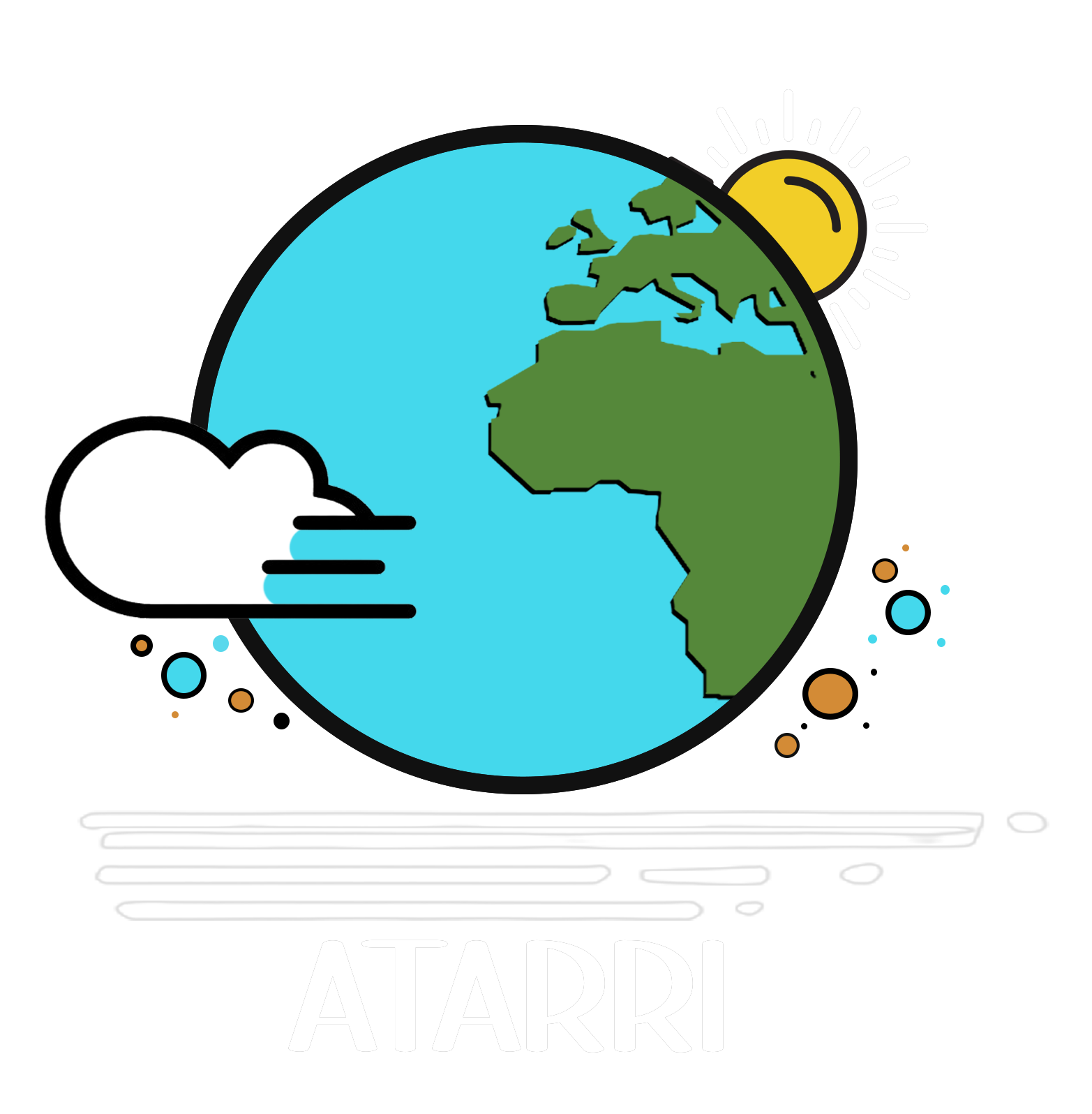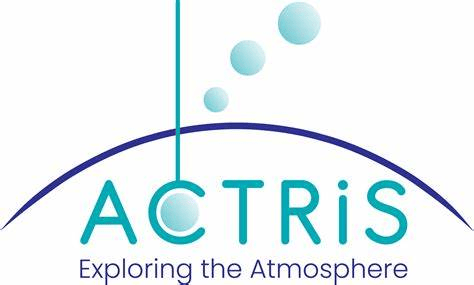
The Aerosol, Clouds and Trace Gases Research Infrastructure (ACTRIS) is the pan-European research infrastructure (RI) producing high-quality data and information on short-lived atmospheric constituents and on the processes leading to the variability of these constituents in natural and controlled atmospheres.
ACTRIS enables free-access to high-class long-term atmospheric data through a single entry point. We offer access to our world-class facilities providing researches, from academia as well as from the private sector, with the best research environments and expertise promoting cutting-edge science and international collaborations.
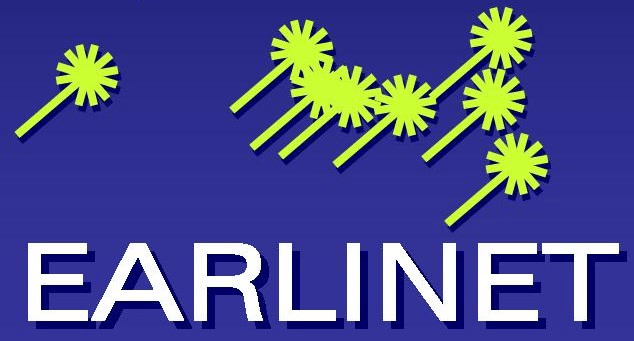
The EARLINET represents the European Aerosol Research Lidar Network, the first coordinated lidar network focused on continuous, standardized aerosol observations across Europe. It emphasizes collaboration among more than 30 stations to provide accurate, long-term data on aerosol distributions and properties. EARLINET supports climate research, air quality monitoring, and satellite validation, addressing global challenges like pollution and climate change. The site also showcases research objectives, technical methodologies, and contributions to improving lidar systems, fostering innovation in aerosol science.
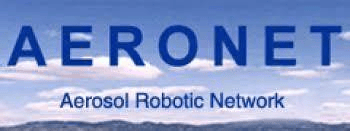
The AERONET (AErosol RObotic NETwork) program is a federation of ground-based remote sensing aerosol networks established by NASA and PHOTONS (PHOtométrie pour le Traitement Opérationnel de Normalisation Satellitaire; Univ. of Lille 1, CNES, and CNRS-INSU) and is greatly expanded by networks (e.g., RIMA, AeroSpan, AEROCAN, AEROSPAIN, NEON, and CARSNET) and collaborators from national agencies, institutes, universities, individual scientists, and partners.
For more than 25 years, the project has provided long-term, continuous, and readily accessible public domain database of aerosol optical, microphysical and radiative properties for aerosol research and characterization, validation of satellite retrievals, and synergism with other databases. The network imposes standardization of instruments, calibration, processing and distribution.

Lidars are a key instrument for the characterization of aerosols and their impact on the Earth’s environment as they are able to provide vertically resolved information of aerosols. With multiwavelength-Raman-polarization lidars, aerosol layers can be characterized in terms of types, size distribution, and concentration (Ansmann and Müller, 2005; Müller et al., 2007; Ansmann et al., 2012).
Motivated by the urgent need for robust multiwavelength-Raman-polarization lidars that are easy to operate and allow aerosol typing, a portable lidar system, called PollyXT, has been developed at the Leibniz Institute for Tropospheric Research (TROPOS) with international partners during the last decade (Althausen et al., 2009; Engelmann et al., 2015).
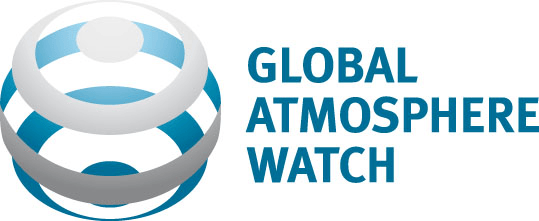
GAWSIS is being developed and maintained by the Federal Office of Meteorology and Climatology MeteoSwiss in collaboration with the WMO GAW Secretariat, the GAW World Data Centres and other GAW representatives to improve the management of information about the GAW network.GAWSIS is the official catalogue of GAW stations and Contributing networks. It provides the GAW community and other interested people with an up-to-date, searchable data base of
- station characteristics
- measurements programs and data available
- instrument
- contact people
- bibliographic references
GAWSIS also serves as a repository for supporting documents.
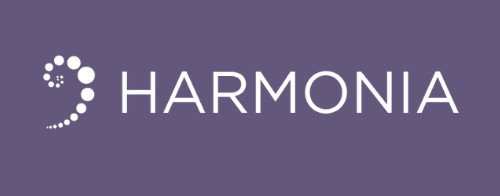
The Harmonia is a European network dedicated to standardizing atmospheric aerosol retrievals using ground-based photometers. It outlines the project’s aim to improve climate monitoring by fostering collaboration among scientists, policymakers, and industry stakeholders. Key sections include project objectives, working groups focused on data harmonization and innovation, upcoming events, and training opportunities for researchers. The initiative emphasizes interdisciplinary research, the development of best practices, and outreach to ensure the adoption of standardized methodologies in atmospheric science.
